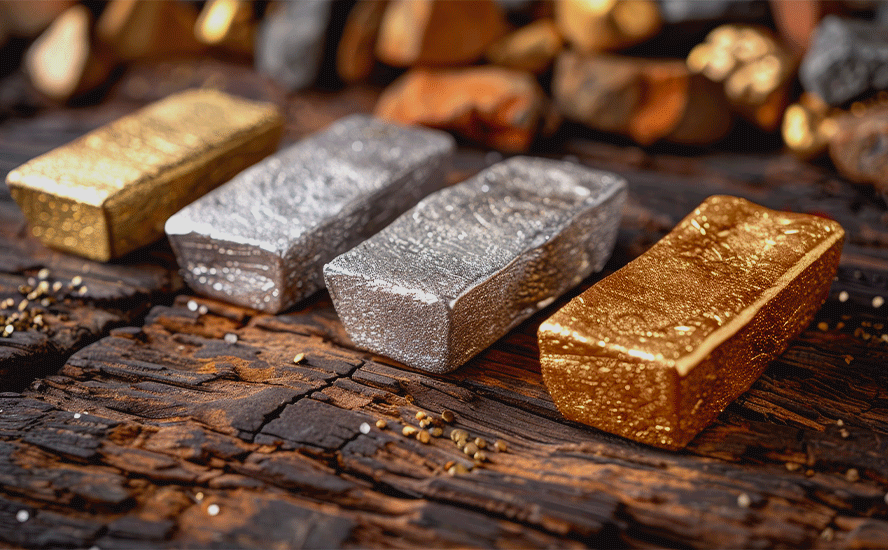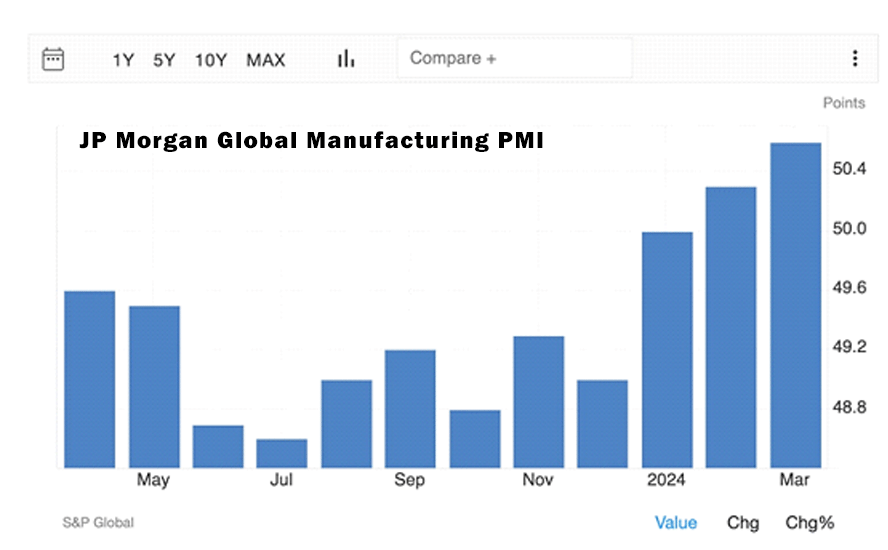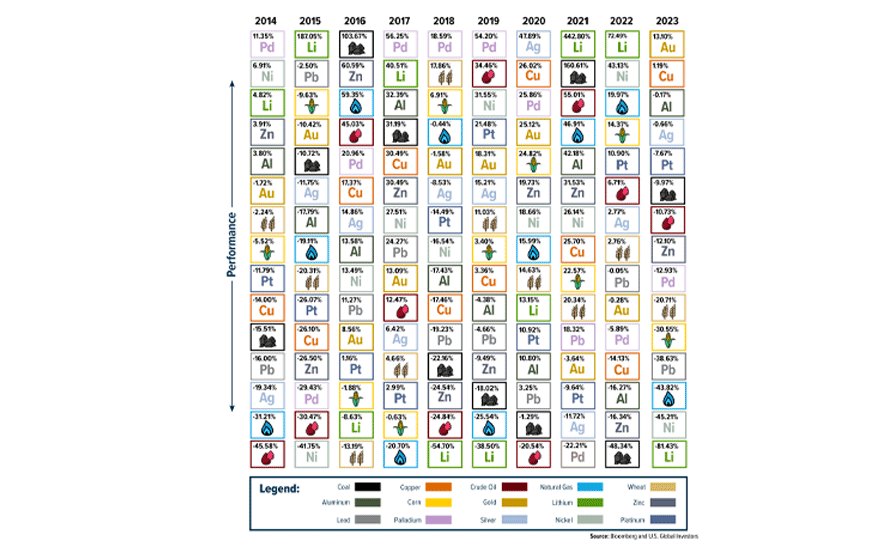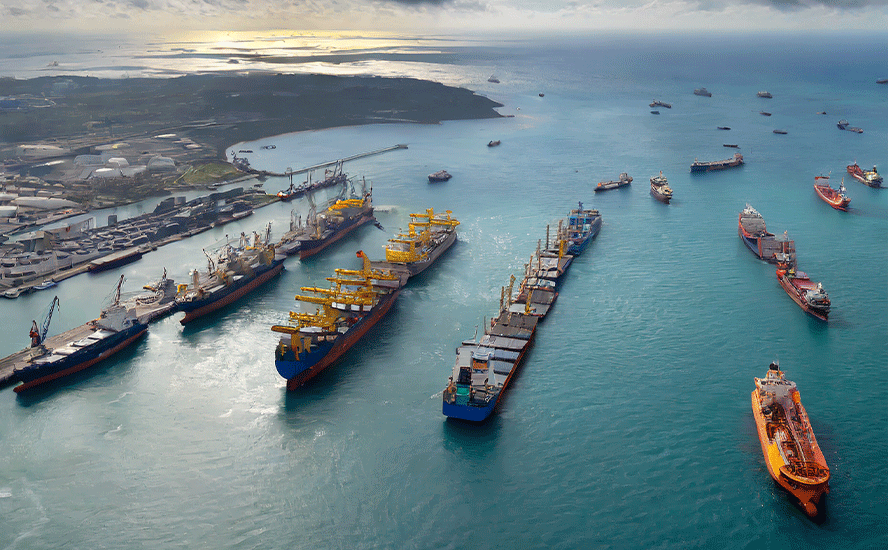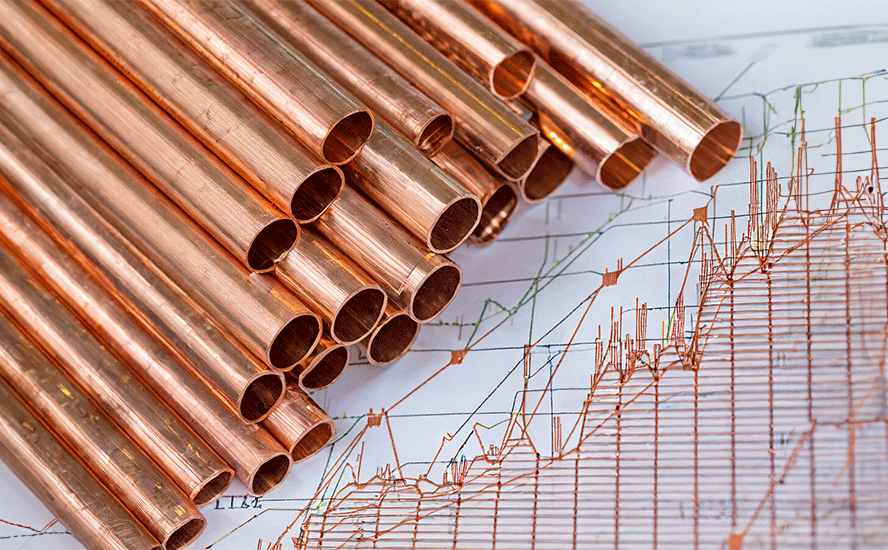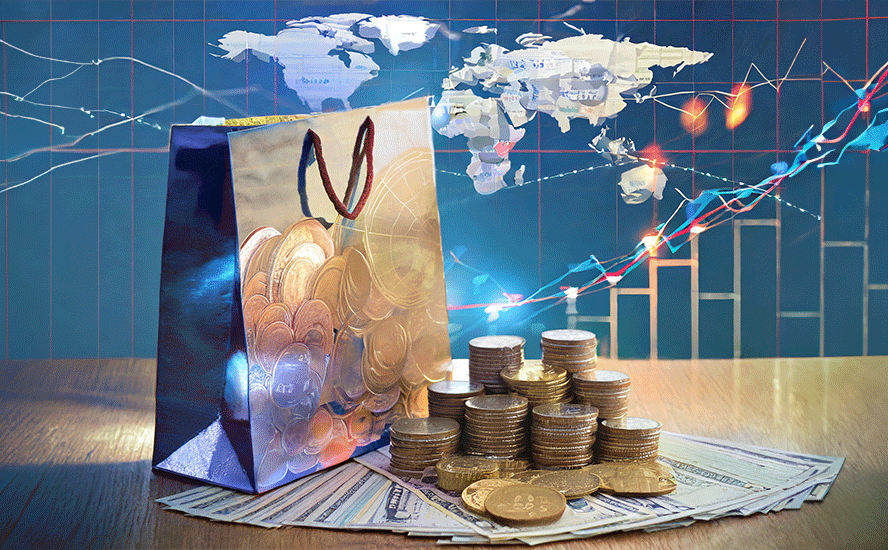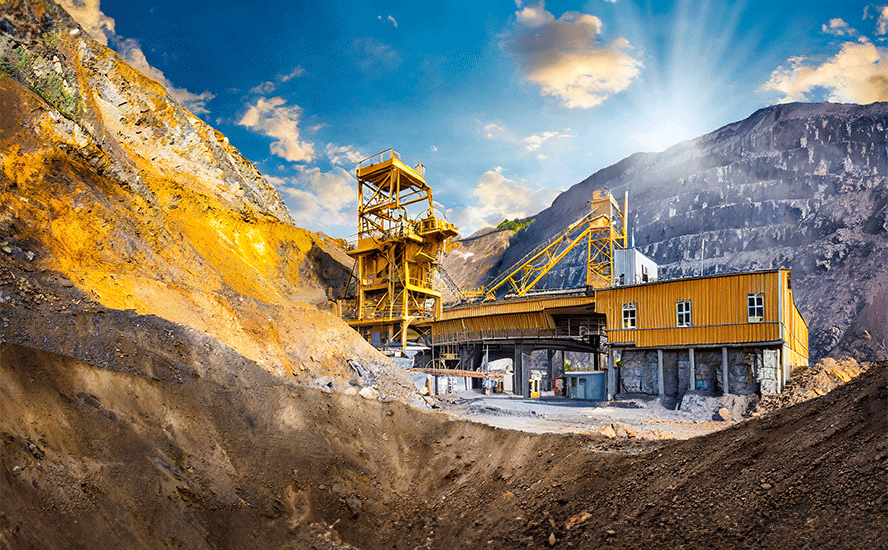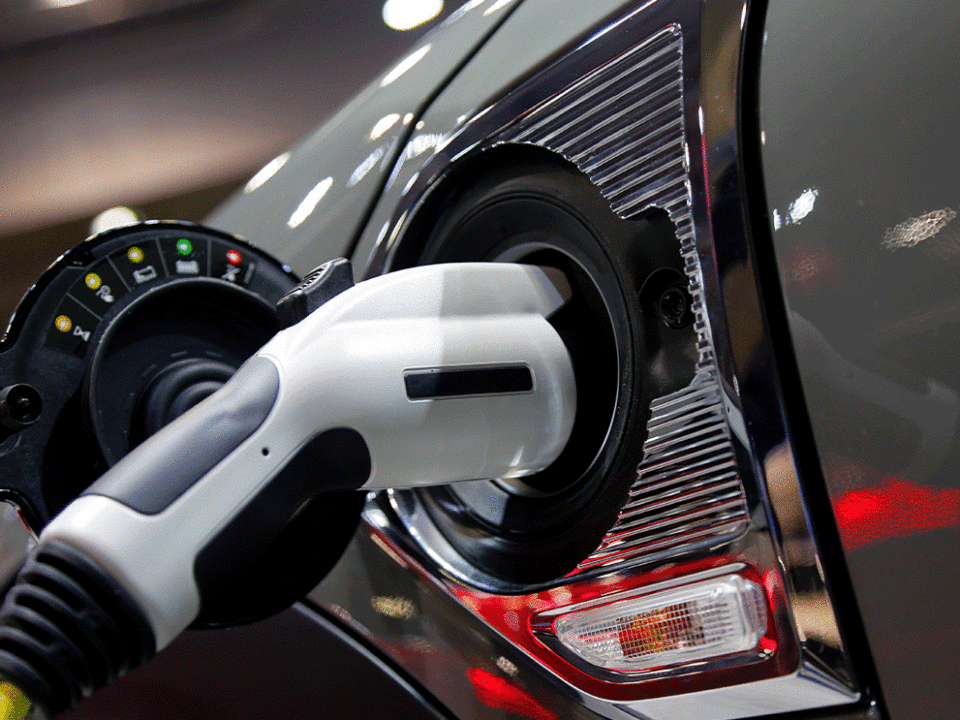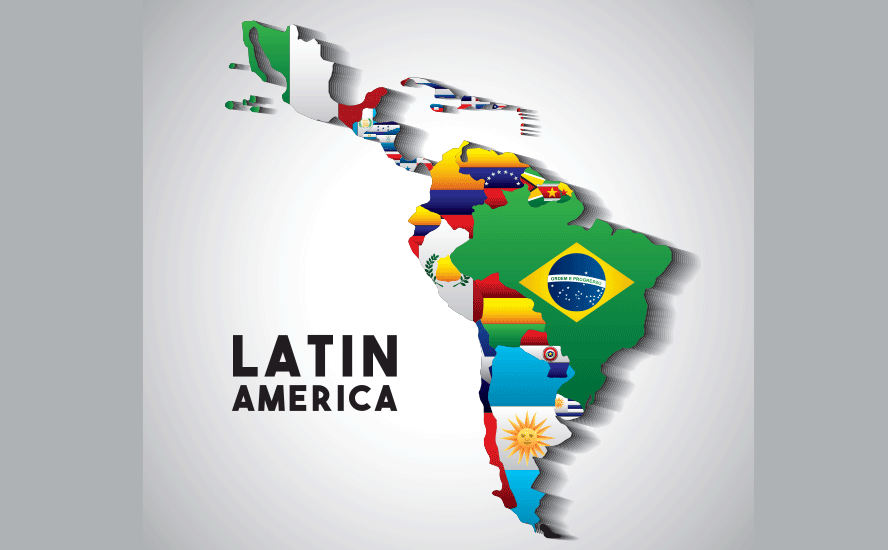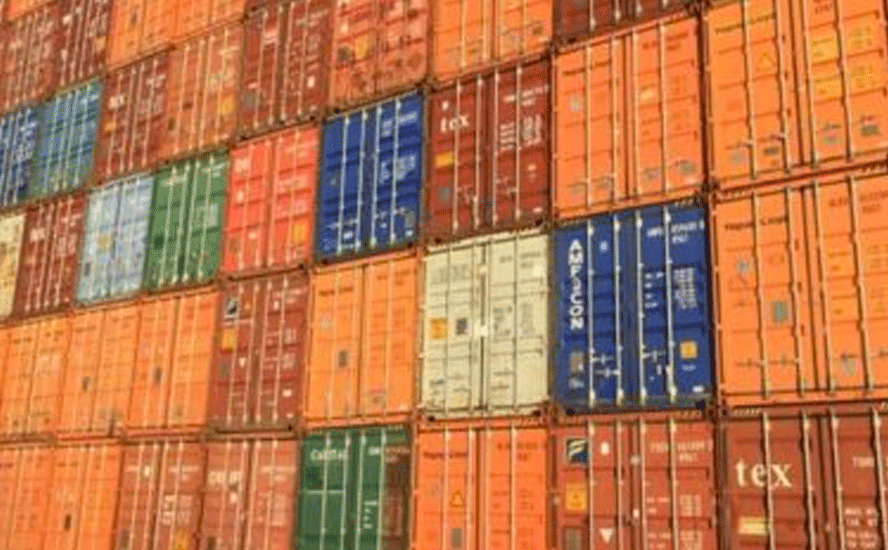5 top reasons to invest in commodities
2022.04.26
For shrewd investors looking to diversify their portfolios with low-risk, high-return assets, commodities remain the place to be.
Unlike most investment vehicles, commodities form the foundation of our everyday life; they encompass all raw materials used in the goods and services that we consume, from the beans used to make our morning coffee to every inch of metal used to make our smartphones. Without commodities, the economy simply cannot keep running.
But besides the basic human need for commodities, there are a variety of reasons to consider them as a long-term investment to grow our wealth. In 2022, we’ve already had a taste of the palatable returns that commodities can offer, and moving forward, these factors could keep fueling the commodity rally:
- Skyrocketing inflation
Commodities are considered one of the best places to park investment capital during inflationary periods.
The reason is simple. As demand for goods and services rises, so do their prices, along with the raw materials (commodities) needed to produce the finished products. Investing in commodities is therefore considered a hedge against inflation.
And since inflation in the US has reached its highest in over 40 years, this is the time to go “all in” on commodities. Those who have already done so have fared quite well.
The Bloomberg Spot Index (BCOMSP), which tracks 23 energy, metals and crop futures and is considered a good barometer of the sector, has gone up by 50% over the past 12 months! No other traditional asset class comes close to matching this kind of return.
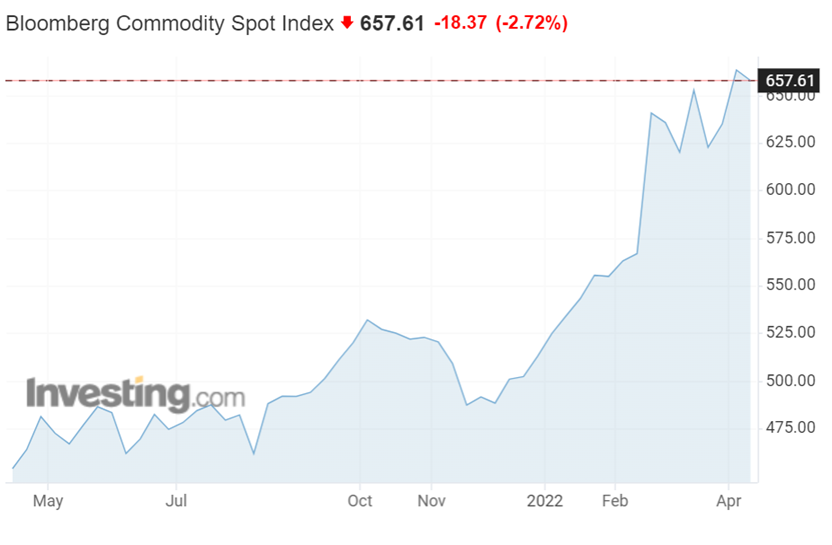
The good news is that the party has only just gotten started for investors. In 2022, commodities went rampant as inflationary pressures continued to pile up, with no signs of easing. The BCOMSP is already up by over 30% less than five months into the year.
Just recently, Canada’s resources sector overtook financials as the heavyweights of its main equity index, the first time this has happened since August 2020. At one point this month, the Canadian benchmark had even outperformed the S&P 500 by the widest gap in a quarter in 13 years, Bloomberg data showed.
Analysts including Goldman Sachs’ global head of commodities research Jeff Currie have repeatedly stated that we are bearing witness to the beginning of a decade-long “commodity supercycle”.
- Infrastructure buildout
The new “supercycle” being touted by Goldman Sachs and others may be tied to the infrastructure deficits that many countries need to try to reduce.
In many places around the world, blacktop/basic infrastructure such as roads, bridges, water & sewer systems, etc. have all been poorly maintained, and would require hefty investments – measured in trillions of dollars – to repair and improve. And to bring them up to the standards of a modern economy, more spending will be needed on things like smart power grids, 5G and high-speed rail.
China, the world’s biggest consumer, has committed to spending at least 14.8 trillion yuan (US$2.3 trillion) this year on thousands of “major projects”, according to Bloomberg reports. These are just a small part of Beijing’s most recent Five-Year Plan that calls for developing and leveraging control of “core technologies”, which include high-speed rail, power infrastructure and new energy.
On the other side of the globe, the US is looking to keep up with its own trillion-dollar infrastructure package, which will be spent on roads, bridges, power & water systems, transit, rail, electric vehicles, and upgrades to broadband, airports, ports and waterways, among many other items.
For such plans to work, they will need an extensive amount of minerals to build the required infrastructure, and will have to compete with one another (plus every other country) to do so, driving commodity prices higher.
It’s no wonder that analysts are now super bullish on commodities.
- Green economy
An extension of the infrastructure buildout is the global transition towards a “greener economy”, which can only be accomplished with renewable power, electric vehicles and energy storage technologies.
All of these require lots and lots of minerals. In fact, the amount of raw materials we’ll need to extract from the Earth to feed this “green” energy transition is quite staggering.
According to BloombergNEF, it would take 10,252 tons of aluminum, 3,380 tons of polysilicon and 18.5 tons of silver to manufacture solar panels with 1GW [gigawatt] capacity.
Wind turbines need steel, copper, aluminum, nickel and other materials. To construct wind turbines and infrastructure with the power capacity of one gigawatt, BNEF found that 154,352 tons of steel, 2,866 tons of copper and 387 tons of aluminum would be needed.
For lithium-ion batteries, the key metals are copper, aluminum, lithium, nickel, cobalt, and manganese. BNEF estimates that it would take 1,731 tons of copper, 1,202 tons of aluminum, and 729 tons of lithium to manufacture 1GWh batteries.
All in all, BNEF estimates that the global transition will require about $173 trillion in energy supply and infrastructure investment over the next three decades; until then, every commodity under the sun will be gobbled up.
- Supply constraint
As far as the energy transition goes, we still have ways to go, because at the current rate, the supply of almost every mineral on Earth is under threat.
Copper, for example, is seeing its cupboard dry up thanks to a dearth of new discoveries and lack of capital spending on mine development in recent years. Analytics firm S&P Global predicts that due to a shortage of projects, copper supply will lag demand starting as soon as 2025.
In 20 years, BloombergNEF says copper miners need to double the amount of global copper production, just to meet the demand for a 30% penetration rate of electric vehicles — from the current 20Mt a year to 40Mt.
Remember, copper is already one of the most consumed industrial metals on the planet, and the bellwether for the global economy. The commodity will always be in great demand, and the threat of a decades-long supply shortage would keep its price elevated.
Another commodity that is garnering increased attention is lithium, the key ingredient in electric vehicle batteries. Many have previously predicted that the EV revolution would eventually strip away our supply of the metal, and this year, it looks like this will finally happen.
Further demand growth in EV sales will mean a lithium deficit this year as use of the material outstrips production and depletes stockpiles, predicts S&P Global.
According to its December report, supply is forecast to jump to 636,000 tonnes of lithium carbonate equivalent in 2022, up from an estimated 497,000 in 2021 — but demand will jump even higher to 641,000 tonnes, from an estimated 504,000 tonnes. Lithium carbonate prices in China have nearly doubled this year, a signal that a demand-supply gap is imminent.
Many other commodities, from battery minerals like nickel, cobalt and graphite to fossil fuels like oil and natural gas, are also surging, with supply concerns and disruptions hitting every corner of the global economy.
- Geopolitics
Last but not least, the underlying geopolitical risk of the market makes commodities an attractive destination for investors.
As we’ve seen in the aftermath of Russia’s Ukraine invasion, the global supply chain is easily disrupted by war and economic sanctions, and the result is an eruption in commodity prices.
Part of the reason also comes from the fact that, for many commodities, only a few nations dominate the supply chain, so any development within the top suppliers would cause the markets to heat up.
As such, many including UBS analysts consider broad commodities to be an effective geopolitical hedge for portfolios.
Richard (Rick) Mills
aheadoftheherd.com
subscribe to my free newsletter
Legal Notice / Disclaimer
Ahead of the Herd newsletter, aheadoftheherd.com, hereafter known as AOTH.
Any AOTH/Richard Mills document is not, and should not be, construed as an offer to sell or the solicitation of an offer to purchase or subscribe for any investment.

Legal Notice / Disclaimer
Ahead of the Herd newsletter, aheadoftheherd.com, hereafter known as AOTH.Please read the entire Disclaimer carefully before you use this website or read the newsletter. If you do not agree to all the AOTH/Richard Mills Disclaimer, do not access/read this website/newsletter/article, or any of its pages. By reading/using this AOTH/Richard Mills website/newsletter/article, and whether you actually read this Disclaimer, you are deemed to have accepted it.


